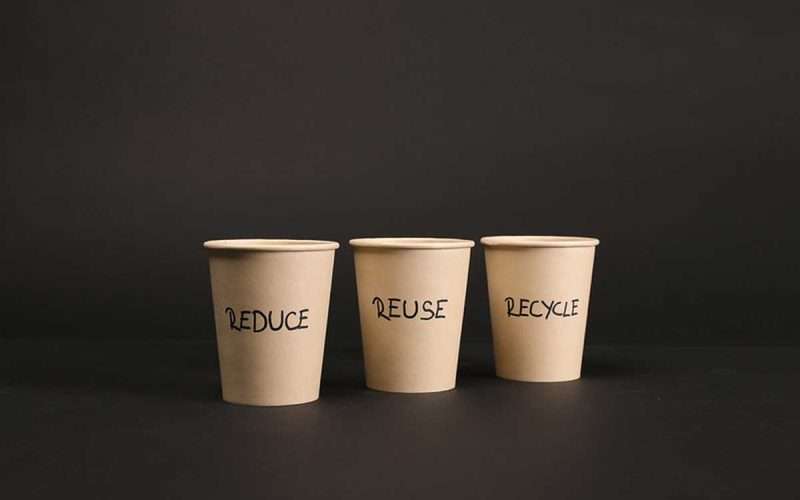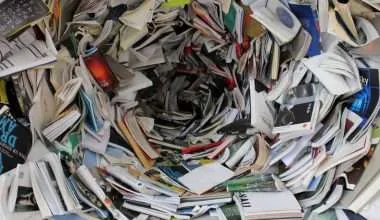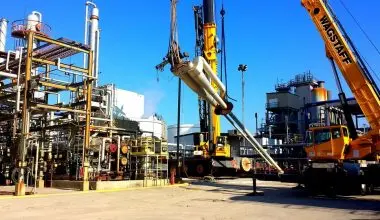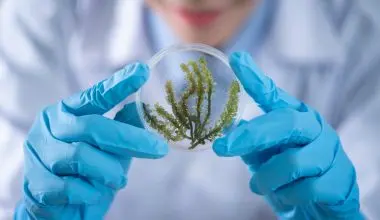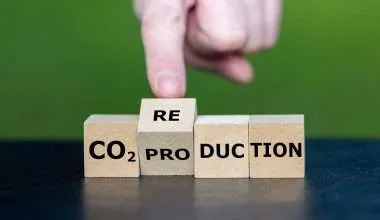Table of Contents Show
You may have often heard a term called the “Waste Hierarchy”, and you may wonder what does it mean? The waste hierarchy is the order of priority of actions that we need to take to reduce the amount of waste we generate. This will help in improving the overall waste management processes and programs.
We base the waste hierarchy on the 4 R’s:
- Reduce
- Reuse
- Recycle
- Recover
These three R’s provide us with a guide on how to carry out a sustainable living. You might be wondering how you can use these 4 R’s in your day-to-day lives.
They aren’t that hard to implement, unlike most things in life. All that is needed is a small change in your lifestyle concerning waste to achieve the ultimate goal of reducing the carbon footprint.
Here we will explain the principles behind these 3 R’s and how you can implement this waste hierarchy in your life.
The three R aims to reduce the amount of waste we throw away. This helps in conserving the number of natural resources, reducing landfill space, and the amount of energy we are regularly using.
Furthermore, they also help protect our land and save the money that communities use to dispose of waste in landfills.
Refusing to buy items that you don’t need and reusing more things more often, can help create a healthier planet. And then giving away items that you don’t need to dedicated recycling centers can help reduce waste in landfills.
You can get more information on the applications of 4Rs in our daily lives from Los Angeles County Public Works web portal.
R1-Reduce
The first step in the waste hierarchy relies on the idea of reducing the quantity of what people produce and consume. Making a new product needs a lot of energy and raw materials, most of which come from natural resources extracted from the earth.
After that, transportation becomes necessary for selling these products. This whole process can create a lot of waste, adding to the planet’s carbon footprint.
That’s where the idea of Reducing comes into play.
The logic to it is straightforward, lessening the use of goods will reduce the production of waste. Furthermore, the fewer the waste products, the less we will have to worry about recycling them.
The process of reducing stuff begins with the evaluation of an item one is using and what is the purpose of use. You can do this in three simple steps:
- Can you use something else for the same purpose as the item that you are choosing to reduce?
- Can you do something else?
- Is the item you are choosing to reduce part of something that you need to do or want to do with your life?
Some ways to Reduce Waste
- Look for products that utilize less packaging. Manufacturers that use less packaging use less raw material, thus reducing waste and costs.
- Print on both sides of the paper wherever possible to reduce the wastage of paper.
- If you don’t want to receive any more mail, remove yourself from the mailing lists..
- Switch to electronic mail instead of paper mail.
- Use cloth napkins more rather than paper napkins. Avoid using tissue papers.
- Disposable plates, spoons, glass, cups, and napkins are convenient, but they all generate waste. Try to avoid them.
- Buy durable goods, they may cost you more, but that’s why they are sustainable in the first place. They will also help to save landfill space.
R2-Reuse
Many of us have things lying around, possibly broken or useless at the moment, yet we hold onto them with the hope of finding use in the future.
Reusing relies on using stuff you may already have rather than buying new stuff that once used will also be lying around in your house again. This is highly essential in the waste hierarchy.
Reusing isn’t just based on utilizing stuff that is in your house. You can also buy old furniture, clothing, or other materials used by people previously in yard sales or online.
That can come in handy rather than purchasing a brand new product that will cost you more and won’t be much of use in the future.
A perfect example of this is being implemented in the construction of modular homes and office buildings made out of discarded shipping containers.
These larger metal-sized containers pose a colossal waste problem. People are finally tackling this huge waste problem by repurposing them as homes and offices, saving them from landfills.
You can also reuse items from your house by donating them to others who need them or can’t afford them.
How to Reuse?
- Buy used clothing or other building materials from specialized reuse centers and consignment shops.
- Buy reusable items rather than those that are disposable.
- Maintain and repair your products so that they can last longer.
- Share, borrow, or rent items that are not used often.
- Use old jars and pots to store items rather than throw them away.
- Send old tires to recycling stations or use them to make tire swings.
- People can use worn wood as firewood or to make various woodcraft items.
- We usually pack things in old newspapers.
- Donate as much as you can, anything that isn’t of use to you anymore. This may include rechargeable batteries, old clothes, old books, or old electric equipment.
Advantages of Reducing and Reusing
- Helps to save energy
- Reduces the greenhouse gas emissions that have a significant impact on climate change
- Saves you a lot of money
- Prevents pollution
- Helps to protect the natural raw materials of your planet
- Reduces the amount of waste that is created
- Allows usage of the products to their fullest extent
- Helps to reduce landfill
R3-Recycling
The third stage in the waste hierarchy is recycling. Recycling involves transforming the produced waste into raw materials for repurposing into a new item. Almost all materials on the planet can undergo recycling. You can get more information on why recycling is important here. It is an interesting read.
When it comes to recycling, most of the communities face the issue of how to receive and transform discarded waste into raw materials.
With a lack of facilities for this purpose, we find it hard to recycle. However, more progress is being made towards recycling. The recycling plants are uniting with industries that can help process this waste material for us.
For us to recycle, we must know about what we can recycle and what we can’t. This is the first step in carrying out efficient recycling.
Furthermore, we must ensure the proper disposal of these products. This responsibility extends not only to us but also to other community members. We need to make sure the goods reach recycling centers for processing.
How can you help to recycle?
- Buy recyclable products such as glass jars or aluminum.
- Buy products made from recycled materials. These are eco-friendly.
- Find innovative ways to recycle.
- Avoid buying hazardous materials that may prevent you from recycling them.
- Buy non-toxic products wherever possible.
- Encourage others to carry out the recycling.
- Dispose of materials that can be recycled into recycling bins, this will aid in the sorting process.
Benefits of Recycling
- Reduces the amount of waste
- Reduces landfills
- Conservation of natural resources
- Helps to prevent pollution
- Saves energy
- Recycling plants help to provide jobs for people in the country.
R4-Recover

This is an R that was recently added to the hierarchy to further improve the process. Recovering is also a vital stage in the process of minimizing waste.
The 4Rs are a perfect solution that comes out concerning industry benchmarking or technological breakthroughs in advanced and innovative companies.
Recovery is the process of value addition to waste. Composting is a prime example of a recovering process through a biological process.
Moreover, the recovery stage only takes place upon completion of the other 3 stages. It will only be possible to recover materials or energy from the waste when all the other stages are done.
Electricity, heat, and fuel are the other examples of recovery from waste through thermal processes.
How does Recovery happen?
- One can send the treated waste to a landfill where it can biodegrade and regenerate the land.
- Solid waste can be burnt at a high temperature during the process of incineration and transformed into gas and residue.
- Non-recyclable waste can be transferred into usable electricity, heat, or fuel by various procedures. Thus, becoming a renewable source of energy. This helps cut the need for fossil fuel burning and hence, carbon emissions are reduced.
- One of the best ways is Composting. It is a slow but effective process that is natural as well as biodegradable. It converts the organic waste into a rich-nutritious plant food. Turning unsafe organic waste into safe compost is beneficial as well as eco-friendly.
